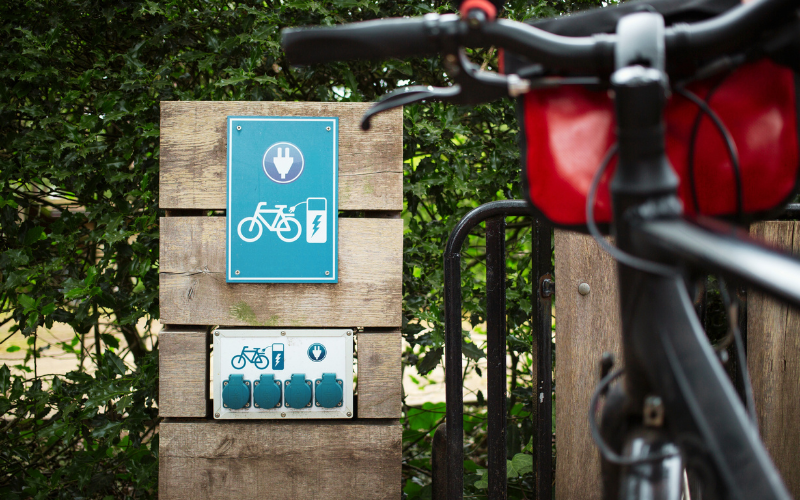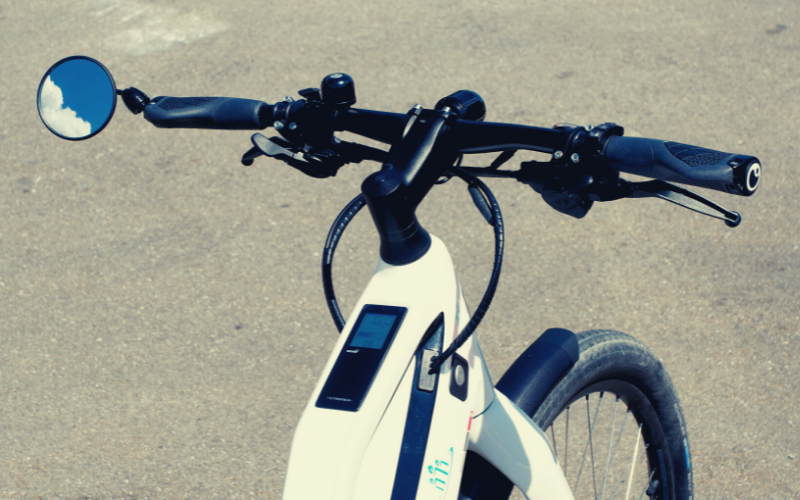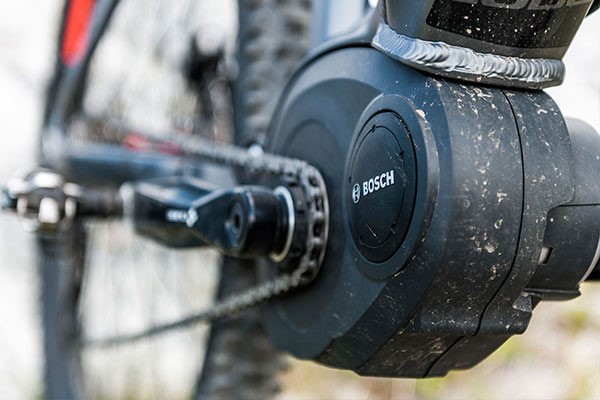How E-bikes are Changing Transporation
A big wave has been building for a while now, and the electric bike tsunami is arriving. Technological and manufacturing improvements have caught up with the potential of electric bikes to shine as a cheap and easy transportation alternative around town. Prices have come down, and a lot of people have tried one out, maybe on vacation or for a short-term rental around downtown. And now, e-bikes almost seem to be everywhere.
E-bikes have become smoother, quieter, more powerful, lighter, and cheaper as bike tech and new ideas have improved the market. The newer generation motors are powerful and efficient, batteries have improved charge life and last longer through more charges, and frame designs are available in a variety of styles and types for all uses.
As costs come down and improved features go up on the newest generation of e-bikes, people who hadn’t thought of a bike as a part of their transportation solution are seeing the old two-wheeler a bit differently now. Many cities are adding more bike lanes and other safety features to help riders to feel safely seen as they ride among the traffic of the urban area.
Health Benefits of E-bikes
Even though an electric bike is doing some of the work of propulsion that was all up to the rider in the past, that doesn’t mean that an e-biker doesn’t get the health benefits of bicycling. The pedaling is easier, sure, but it is still enough to work the muscles, stimulate the heart rate, and increase respiration, all of which are crucial parts of getting physical exercise to stay healthy.
Biking Past Barriers
While e-bikes have gotten smoother, steadier, stronger, and more comfortable as the design and production have improved over the past decade, they still have some issues that are unique to the world of bikes. Some riders worry about safety, as a lot of the time on the road is time spent near cars. In response, many cities have added protected and separate bike lanes, upgraded lighting and signing to promote better awareness of cyclists, and added more bike racks and other amenities that cyclists can use throughout the city.
Some issues like exposure to the elements can be helped with proper gear and timing your rides to get the most out of the best weather. City, state, and federal governments are adapting regulations and adding e-bike travel features to areas from urban centers to national parks, allowing e-bikes on trails and roads just about anywhere that a traditional, pedal-powered bike can go.
Accessible: E-bikes to Help You Get Going
E-bikes combine the efficiency and fun of a bike ride with the ease of a quick car ride, as you no longer need to dread pedaling up hills and over long stretches of road to your destination. The simplest type of e-bike, called a Class I in federal regulation, has an electric motor adding a boost to your pedaling power, up to 20 mph. Local laws and regulations vary, but Class II e-bikes even add a throttle to give you a satisfying burst of power in addition to your pedaling, up to 20 mph. Others, called Class III e-bikes, have just pedal-assist power up to 28 mph.
It’s true that e-bikes have a bit of a reputation among bikers, at least, as being a lazy alternative to real biking. That old judgmental attitude is shifting, however, as new groups of bikers discover the joys and satisfaction of an e-bike trip to take care of some errands or get to work.
People who’ve had a disability, from a hip injury to a knee replacement, are likely to find that the decreased strain and effort of riding an e-bike makes biking fun again. Older people who haven’t been on a bike since they were in their teens are discovering that a sturdy, well-built bicycle with a power boost is simple to ride and more effortless than getting in the car for a lot of quick trips around town.
Affordable Transporation: Significant Return on Cost Investment
The cost of getting started with an e-bike is an investment, but it is a fraction of the cost of getting a new car. With proper equipment available in a range starting under two thousand and going up, the investment in a good electric bike is an achievable goal, even as an addition to the car you may already have.
A car is costing you more money any time it is out of the garage (and even when it is, with car payments and insurance bills the same whether you use it or not). An e-bike costs nearly nothing to operate. Among the savings you’ll see with your e-bike as your main ride are:
- No gas — just the slight bump to your power bill when you recharge
- No insurance — e-bikes are typically regulated as bicycles, with no requirement of state registration and insurance, as with a motorcycle or car
- No parking — just an investment in a good lock and security system
- No toll roads or fees as you go
Once you’ve made the investment of finding the right e-bike for you and getting started, including some outlay on personal safety and riding gear like helmets and gloves, as well as bike security issues like locks, then there are nearly no ongoing charges.
Adaptable: Trips to Trade-Off
One feature of the e-bike revolution of the past few years has been an explosion of features and options available on the market. There are bikes designed for basic transportation, in the city or on trails, much like classic bicycles, and there are cargo bikes, built with space and strength to carry a load, and there are scooter style bikes made to carry deliveries or even to add a seat for a small child on the back. As a result, there are many new riders who are finding ways to benefit from the reliable convenience of an e-bike as a new transportation alternative.




